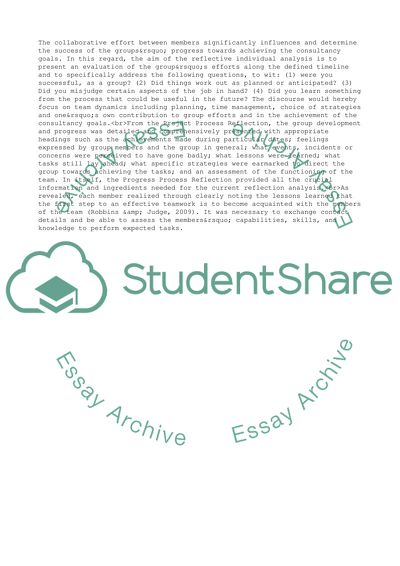Cite this document
(Process Reflection of Life Consultancy Project Research Paper, n.d.)
Process Reflection of Life Consultancy Project Research Paper. Retrieved from https://studentshare.org/management/1769671-reflective-analysis
Process Reflection of Life Consultancy Project Research Paper. Retrieved from https://studentshare.org/management/1769671-reflective-analysis
(Process Reflection of Life Consultancy Project Research Paper)
Process Reflection of Life Consultancy Project Research Paper. https://studentshare.org/management/1769671-reflective-analysis.
Process Reflection of Life Consultancy Project Research Paper. https://studentshare.org/management/1769671-reflective-analysis.
“Process Reflection of Life Consultancy Project Research Paper”, n.d. https://studentshare.org/management/1769671-reflective-analysis.


